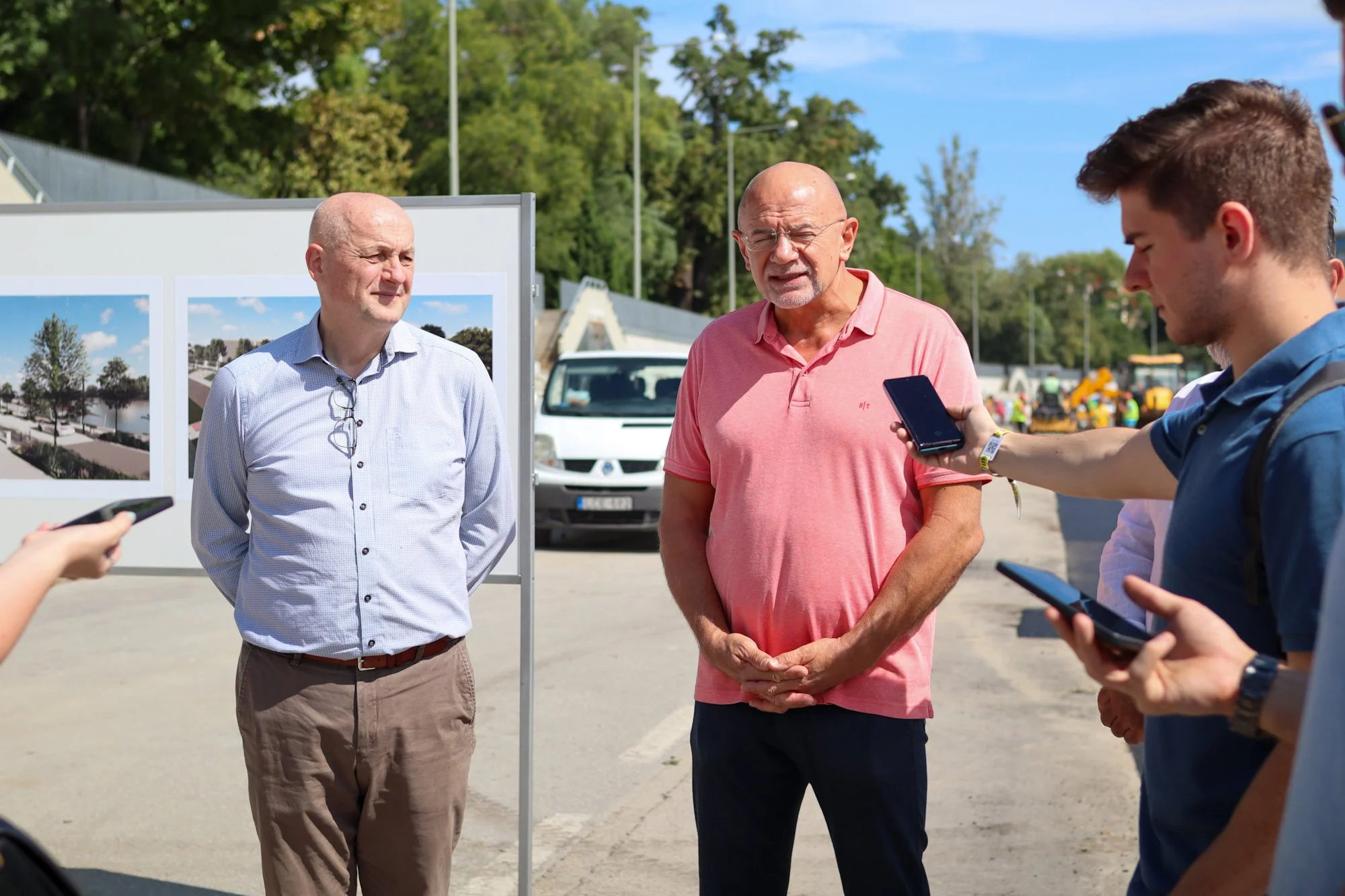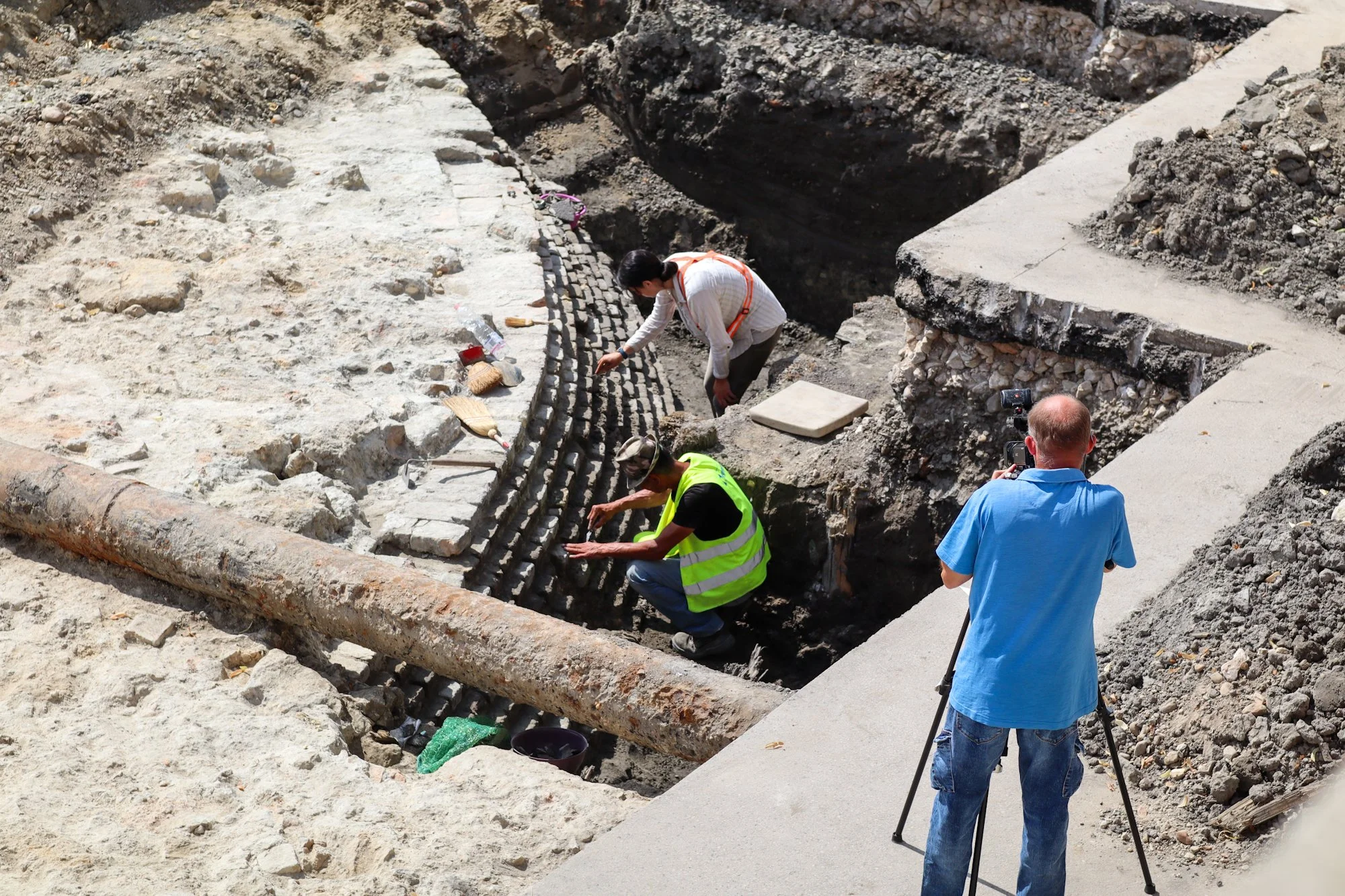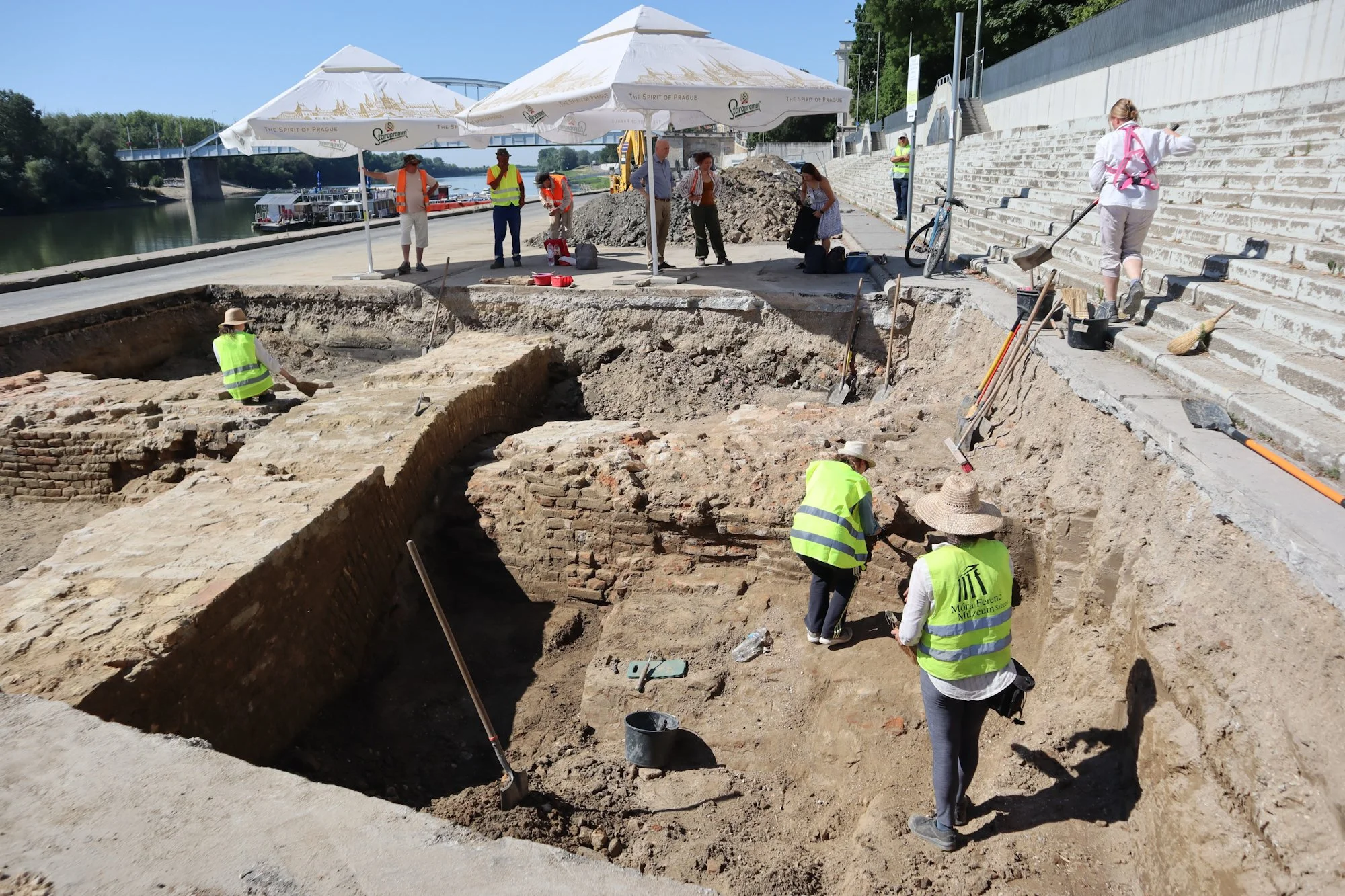Archaeologists confirm siege evidence as Szeged Castle excavation nears completion
Archaeological work at the site of Szeged Castle is nearing completion, officials said Monday, as researchers summarized key findings from the excavation along the Huszár Mátyás Quay.
At a press briefing held on site, archaeologists reported the discovery of traces of a 17th-century siege and a collapsed castle wall. The excavation is part of a multi-phase urban development project to renovate the embankment.
Lead archaeologist Csilla Molnár said the team worked in two trenches. At the northern section, near the remains of the northern wall, researchers found signs of the 1686 Austrian siege against Ottoman forces. The Austrian army had tunneled beneath the wall, but written sources did not confirm whether an explosion occurred — only a map showed the location of the explosives. According to Molnár, evidence now confirms the mine was detonated: the wall bears longitudinal cracks and has shifted from its original position. The damage was later partially repaired using Austrian bricks, she said.
In the southern trench, archaeologists uncovered remains of the water bastion, the adjoining northern wall, and the eastern wall running parallel to the Tisza River. Molnár said the northern wall had been built using timber-frame construction. Near the bastion, researchers found signs that part of the eastern wall collapsed into the river in 1692.
Next to the eastern wall, a tree trunk likely used as scaffolding during construction was also found. Dendrochronological analysis — based on the pattern of dry and wet growth periods — will be used to determine when the tree was felled, Molnár said.
Deputy Mayor for Urban Development Sándor Nagy said the excavation is part of a wider effort to green the embankment and reduce the city’s heat island effect. Because the quay currently carries significant vehicle traffic and is also used for parking, archaeological and hydraulic works were scheduled during the summer to minimize traffic disruption.
On the quay — named after hydrological engineer and surveyor Mátyás Huszár — Szegedi Vízmű Zrt. is replacing the water mains, while Hydroline-Bau Zrt. is renewing the sewage lines. The work is scheduled to be completed by Aug. 19, with the quay set to reopen to traffic the following day, Nagy said.
As with other recently renovated public spaces, the outline of the castle walls will be marked on the pavement.

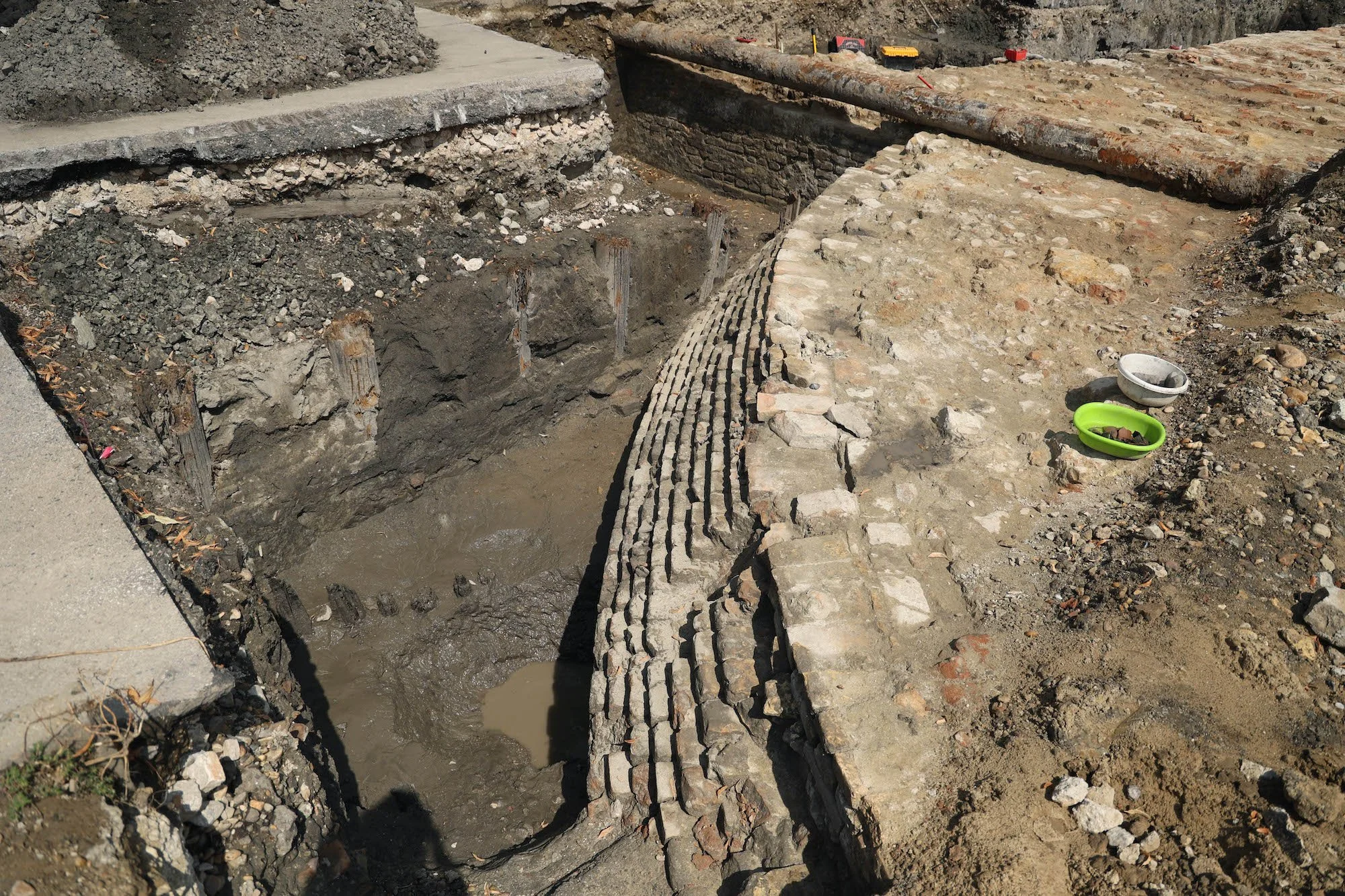
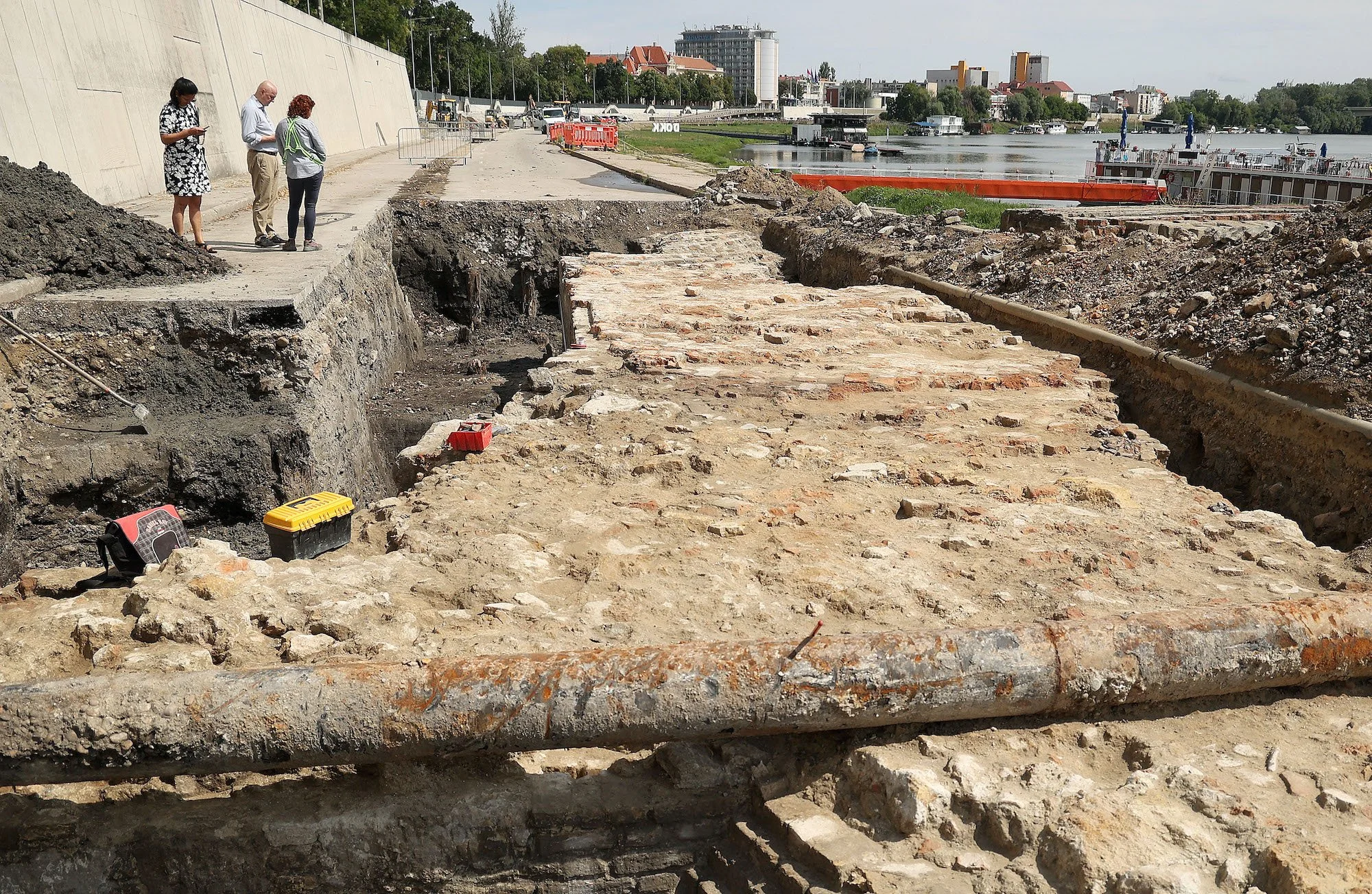
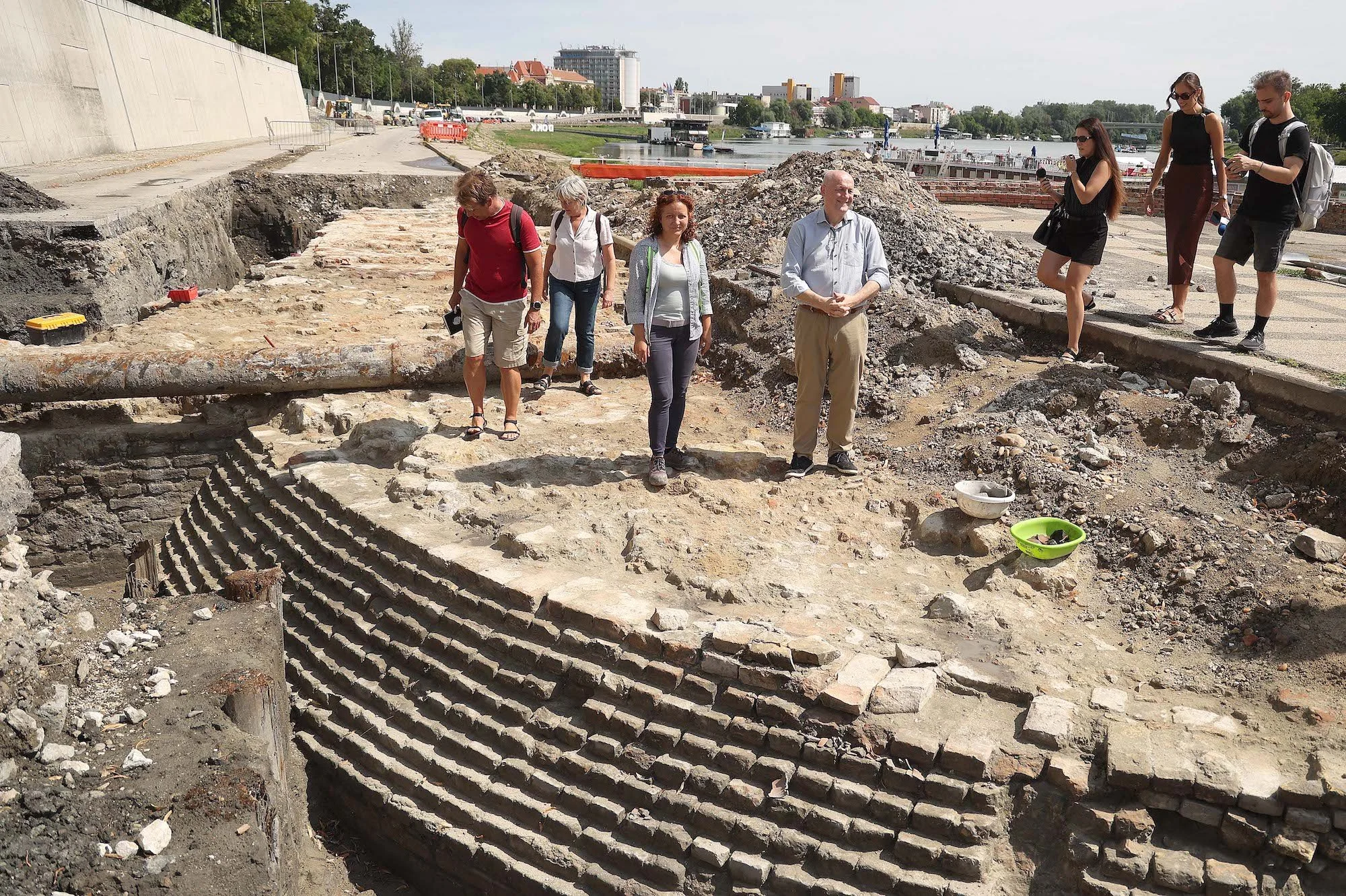

Photos: I.F.
The article is based on the handout of the Hungarian News Agency (MTI).
